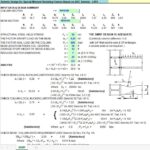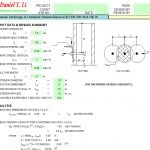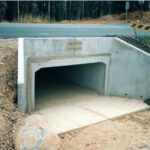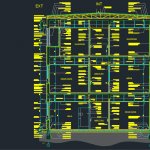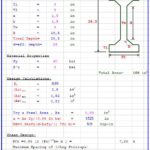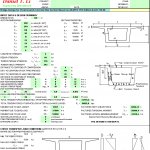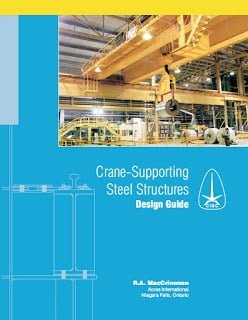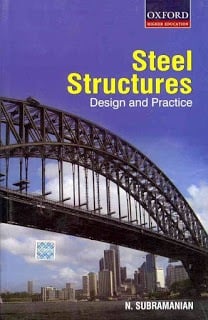
Steel Structures Design and Practice
23 November 2017Steel Structures Design and Practice
Structural design emphasizes that the elements of a structure are to be proportioned
and joined together in such a way that they will be able to withstand all the loads
(load effects) that are likely to act on it during its service life, without excessive
deformation or collapse.
Structural design is often considered as an art as well as
a science. It must balance theoretical analysis with practical considerations, such
as the degree of certainty of loads and forces, the actual behaviour of the structure
as distinguished from the idealized analytical and design model, the actual behaviour
of the material compared to the assumed elastic behaviour, and the actual properties
of materials used compared to the assumed ones.
Steel is one of the major construction materials used all over the world. It has
many advantages over other competing materials, such as high strength to weight
ratio, high ductility (hence its suitability for earthquake-resistant structures), and
uniformity. It is also agreen material in the sense that it is fully recyclable. Presently,
several grades and shapes of steel products exist.
Structural designers need to have a sound knowledge of structural steel behaviour,
including the material behaviour of steel, and the structural behaviour of individual
elements and of the complete structure. Unless structural engineers are abreast of
the recent developments and understand the relationships between the structural
behaviour and the design criteria implied by the rules of the design codes, they will
be following the coda1 rules rigidly and blindly and may even apply them incorrectly
in situations beyond their scope.
[su_button url=”https://drive.google.com/open?id=1GcrG0HBg45dhBGciw-qzNTuyg53bWRfg” size=”7″ center=”yes”] Download Link[/su_button]

